Latest News
The Secrets of Extendy’s Retention Department: How Players are Retained and How a Casino Makes Money
Reading Time: 9 minutes
A casino’s retention department is a big player in an online casino’s operations.
Did you know…
Attracting a new player is far more costly than retaining one, and players who leave after placing their first deposit actually cause a casino to incur losses – with the cost of bringing them back being significantly higher than the FTD amount. This is why retaining players on a casino platform is a casino’s most important task. In fact, increasing customer retention by just 5% can lead to a 25% increase in profits.
Retention extends far beyond attracting and keeping players on one’s platform. It involves a fully-fledged, well-planned and well-executed strategy for turning ordinary users and First-Time Depositors (FTDs) into VIP clients who can bring in hundreds of thousands of dollars every month, as well as tactics of constant upsells.
In this article, Extendy’s Head of CRM dives deep into the retention department’s work. From how an ordinary player climbs the ranks from an FTD to a regular client and higher still, to the tools used each day by a retention department, and to why Free Spins don’t always cut it in traffic reactivation.
How and when does the retention process begin?
Traffic brought in by affiliates goes straight to the retention department as soon as a new player registers to the casino. It’s almost like a sorting center: at this stage, players are segmented and divided according to Tiers in order to set up targeted retention chains.
This data is the foundation in primary player segmentation, and allows casinos to create Welcome Packages for new players.
What is a Welcome Package and how does it work?
After a player registers and places their first deposit, they receive a bonus. The size of the bonus depends on the chain followed by the player.
For example: A new user makes a deposit, receives a Free Spin bonus, but ends up losing the entire amount. At this point, the “balance utilization” trigger is triggered – the player immediately receives a bonus offer for the next deposit. Each bonus comes with a wagering requirement that the user must use in order to withdraw the gifted amount.
The content now changes dynamically: after the bonus has been used, the player receives a subsequent, similar offer, several times. If the player does not respond though, the retention department will try to bring him back to the casino by giving him other, more generous, or more gamified offers. This way, the user is led smoothly along the welcome package funnel. Seeing the new player completing their welcome package as their first gaming session is the casino’s main aim.
The content of the welcome package depends on the partner, GEO, Tier level and traffic source. During a player’s first three deposits, the retention department would actually be analyzing the player’s likelihood of becoming a VIP client.
- How does the Retention Department Work with Players:
Once the Welcome Package – with its basic bonuses – has been used up, the player is assessed through his deposit history and over 30 other metrics. The retention department then forms forecasts and hypotheses based on all these factors. The user is then placed in a segment and is given a new retention chain. Segments can sometimes be combined within the same campaign: similar users can be treated using the same approaches and offered identical offers.
Metrics Used to Segment Players
Two main metrics are used:
- Payments. This is the player’s average monthly deposit amount. For example, John bet €200 in December, €100 in January and €300 in February. Therefore, his payment segment is €200.
- Player activity. This is how often a player visits the platform. Each player segment comes with activity tags, such as:
When retention campaigns are planned, player segments and their activity are taken into account. For instance, it is a normal behaviour pattern for a low-segment player to be absent on a casino site for 10 days, and platform resources will not be used for these users. However, if a VIP player does not visit the site for three days, a retention department will take prompt measures to invite him to return so as not to run the risk of losing a high-paying client.
The 5 Main Tools of a Retention Team
The CRM department determines communication channels with players depending on the payment and activity metrics, and communicate with the player using these five options:
- Push notifications;
- Pop-Up;
- E-mail;
- SMS;
- Calls.
Their effectiveness is analyzed based on technical and marketing indicators.
| Marketing | Technical |
| Click Rate | Open Rate |
| Conversion Rate | Delivery Rate |
Pop-Ups are one of the most effective communication channels. A pop-up appears while the player is still on the site. It’s a great tool for retaining users but it cannot reactivate them.
The effectiveness of emails and SMS depends on the GEO. For instance, the open rate of emails is high (40-50%) in Tier-1 countries, but low (only 10-20%) in Tier-3 countries. This is because PCs are used less often in Tier-3 countries, and sorting through emails from phones is considered inconvenient. Therefore, SMSs are the perfect channel for Tier-3 countries. Fortunately too, sending SMS messages in Tier-3 countries, unlike in Tier-1 countries, is very cheap.
When and Why are Players called?
Calls are used selectively in situations where only personal contact can bring a player back or increase their LTV. Therefore, a call center’s priority are VIP players, high rollers, dormant users and players with a high chance of churn. Calls can have different goals:
- To reactivate: if the player has stopped making deposits and has become dormant;
- To upsell: to offer an exclusive bonus or VIP program;
- To onboard a new high-potential player to the platform;
- To help with a problem if there are difficulties with payments or verification.
How calls work: The CRM department decides which players need to be called depending on their player behavior — frequency of casino visits, number and amount of deposits. The call will usually follow a script but depending on the player’s segment, the conversation will be conducted with flexibility. For example, a casino might want to establish a connection with a high roller by focusing on emotions and player status, saying something like: “We are holding an elite tournament among our top players. We’d love to see you among the participants!”
A Retention Chain involving a Call Center might look something like this:
The number of attempts to contact the user also depends on the player’s payment segment: an ordinary user would be contacted once or twice, but a VIP player will be contacted up to 5 times. If a player is clearly not interested, he will be removed from the database so as not to be bothered.
As online casinos operate in markets of different countries, call centers are multilingual and work with users from all target GEOs.
The Price of Tools, and Tracking Indicators
The following image compares the cost of different communication channels:
Each communication within one channel (Push/SMS/Email/ Calls) is assigned a UTM (Urchin Tracking Module) tag which allows you to see the promotions that produced results. The CRM department evaluates the costs of each campaign and its results through the number of clicks, and the amount and number of deposits. If the campaign turns out to be expensive and does not produce results, the retention department will change its strategy.
Player upsell
Retention is also focused on increasing casino revenue from each player, and trying to turn regular users into VIPs. Only taking action and trying to reactivate a player after he or she has already left the casino only results in a massive profit loss.
In a previous article, which you can read here, Extendy discussed VIP players at some length explaining how and why VIP players generate 45% of online casino GGR, and make up only 20% of the total number of players.
Extendy’s retention department creates a special promotional plan for active players taking into account factors like GEOs, and specific events like local holidays and paydays.
How it works. Let’s say a certain segment in a certain GEO has an average deposit amount of €40. As part of a promotional campaign to celebrate a local holiday, the player will receive a push notification along the lines of: “Today only, get 100% of your deposit when depositing €50 or more.”
The only players who are not upsold are the inactive ones. Rather, the approach to take when attempting to bring inactive players back to the site is to first, offer plenty of bonuses for a small deposit amount. When the player gets a taste for it and returns to the platform, he’ll be placed into a segment, and then, can be upsold.
Gamification: a Bonus Level for Advanced Players
An underrated tool in retaining and engaging online casino players is gamification. At Extendy, we implement gamification through a separate gamification module with a variety of mechanics:
- A specific bonus when picking from a set of three different slots;
- A scratch card where you need to uncover matches at certain intervals during gameplay;
- A shop where a player can buy Free Spins or receive bonus money on their balance;
- Lotteries and tournaments;
- Cashback and Rakeback: the user receives a percentage of the total balance amount and can withdraw it once a week. The cashback percentage is dynamic and depends on the active player. The rakeback percentage however, is always fixed;
- Dynamic Prize Egg: The player places bets and fills the scale to “crack open” the egg and receive a prize.
How it works. The player can be offered 100% of the deposit, or given a Free Spin on the Wheel of Fortune where a similar bonus will be won. If the player opts for the Wheel of Fortune the conversion rate will be higher than that of a regular bonus.
Gamification also allows for smooth onboarding on the platform. With new players, this involves a list of onboarding missions, such as completing the steps of verifying their email or phone number, making a deposit, or placing their first bet. Thanks to the game mechanics, the user would get a hang of the product and becomes motivated to play more often and place higher deposits, bringing profit to the casino.
Behavioural Analytics in Retention: How Data Drives Player Retention
The casino retention department doesn’t just hand out bonuses — it works with statistics. Deep player behaviour analysis allows casinos to not only retain players, but to also predict churn, select personalized offers, and increase LTV.
Predictive Analytics: Who’s going to leave the site?
All players leave a digital trace: through the frequency of their deposits, their choice of games, bet size, time between sessions… If a VIP player usually makes a deposit every two days, but is late one time, the system will send a trigger offer. However, if a low-tier player doesn’t log in for 10 days, he’ll likely be left alone.
Example. A player regularly places deposits of $100 every two days, but suddenly misses a payment. This is the first alarm signal. Three days later, the system sends him a push with a deposit bonus, and five days later, a personalised increased cashback offer by email. If there is still no reaction from the player, he is transferred to the risk segment and alternative scenarios are tested: SMS, VIP offers or exclusive bonuses.
Activity Heatmap: When Players Are Most Engaged
Let’s say that in some GEOs the peak of activity is on Friday evenings and Saturdays. Knowing this, the retention department will attempt to spark interest in advance by sending out push notifications with exclusive offers, activating special tournaments or launching personal quests.
Example. Analysis showed that most players in a certain GEO visit the casino on Fridays from 20:00 to 23:00. To increase the average amount spent on the site, three hours before the peak, players are sent a push notification along the lines: “Just for today we’re giving 100% back on your deposit.”
Triggers and Automated Scenarios
Retention campaigns are launched after careful planning, and each campaign is tied to specific behavioral metrics.
Example. If a player loses $50, instead of receiving a standard bonus, he’ll receive an offer to choose from a 50% deposit bonus, or 100 Free Spins on their favorite slot. This motivates the player to make a repeat deposit as his chances of winning back money are higher.
A/B Testing of Offers: Which Offers Work Best?
A 100% bonus on a deposit? 300 Free Spins? A Wheel of Fortune with prizes? The retention department tests different scenarios on different user segments to test which option would give the best conversions.
Example. A casino wants to understand what would work better for an audience in Tier-1 countries: a 10% cashback, or a 50% deposit bonus. Players are randomly divided into two groups, each receiving its own offer. After two weeks, the data is analyzed: which group made more deposits, which had a higher LTV. The best offer is scaled to the entire segment.
Conclusion
Retention in online casinos is not just a set of bonuses and standard tools, but a fully-fledged ecosystem. Retention will allow casinos to:
- Increase reg2dep conversion;
- Onboard new players with a welcome offer and gamification mechanics;
- Increase the average amount spent by players, conduct upsells and transfer players to VIP status;
- Notice and reactivate “dropped out” users and players at risk;
- Collect and analyze data for marketing campaigns in different GEOs.
A retention department worth its salt is able to extract the maximum from its existing player base resulting in generating the maximum revenue for the online casino and directly impacting GGR.
The post The Secrets of Extendy’s Retention Department: How Players are Retained and How a Casino Makes Money appeared first on European Gaming Industry News.

Latest News
13 gambling company executives in appeal against ATG’s proposal to raise gambling tax in Sweden
BOS – The Swedish Trade Association for Online Gambling – is today submitting a letter to the government. The letter is signed by 13 gambling company executives and BOS’s secretary general. In the letter, the signatories urge the government not to support the gambling company ATG in their proposal to raise the general gambling tax in favour of a reduction in the tax on horse racing.
As a main argument, the signatories highlight the fact that the level of the gambling tax affects the proportion of consumers who choose to gamble on the legal licensed gambling market, and that too many consumers are already opting out of the safety of the licensed market with its extensive consumer protection.
“Horse betting has a channelisation rate of between 98-99 percent. Online casino, according to the most optimistic estimates, has a channelisation rate of between 72-82 percent. The higher the tax, the greater the risk that the consumer will choose unlicensed gambling, where neither gambling tax nor consumer protection exists. To then lower the gambling tax for horse betting, which already has a very strong channelisation, and raise it for online casino, which has a very weak channelisation, would be completely incomprehensible. At least for those who prioritize consumer protection,” says BOS Secretary General Gustaf Hoffstedt.
You can read the full letter here: Letter to Government on ATG gambling duty
The post 13 gambling company executives in appeal against ATG’s proposal to raise gambling tax in Sweden appeared first on Gaming and Gambling Industry Newsroom.
Latest News
Momentum Series: A Crash Gaming collection crafted for emotions in your online casino
FBMDS proudly unveils the Momentum Series, a crash gaming collection built to deliver fast-paced thrills, immersive visuals, and strong retention for online casino operators worldwide with the Piñata Rush, Magical Garden and Arctic Jumper titles.
Designed “for emotions” and “born to captivate”, the Momentum Series includes three high-performing titles — Piñata Rush, Magical Garden, and Arctic Jumper — that redefine the crash genre with dynamic gameplay, deep personalization, and stunning 3D environments.
The Momentum Series was created to give players more control, excitement, and emotional connection while providing operators with games designed for longer sessions and better retention metrics. Each title combines intuitive gameplay with high volatility, 97%+ RTP, and a responsive, mobile-first design, ensuring performance across devices and browsers. Players can personalize their experience with auto bets, double bets, and auto cashouts, adapting each round to their individual risk strategy.
Piñata Rush offers a colorful, multiplayer crash gaming experience set in lively Mexican-inspired streets. Players can track others’ progress in real time and enjoy a community-driven atmosphere that keeps engagement levels high. With 97.06% RTP and features such as Multiplayer, Auto Play, Auto Cash-Out, and a configurable Max Bet from 100x to 1000x, this crash game provides vibrant entertainment across Android, iOS, Mac OS, and Windows.
Magical Garden immerses players in a lush 3D fantasy world where serenity meets suspense. This single-player experience blends calm and thrill through Auto Play and Auto Cash-Out functions, allowing personalized strategies and a Max Bet configurable from 100x to 1000x. With 97% RTP, it offers operators a high-performing product with wide cross-platform compatibility.
Arctic Jumper brings adrenaline to the frozen north with a fully 3D single-player experience. Its immersive visuals and smooth performance are enhanced by Auto Play, Auto Cash-Out, and customizable betting options that match each player’s risk profile. Operating at 97% RTP, this title delivers consistent engagement and retention potential for competitive markets.
“The Momentum Series represents FBMDS’ evolution into crash gaming — a genre built on emotion, timing, and control,” said Renato Almeida, Director at FBMDS. “With Piñata Rush, Magical Garden, and Arctic Jumper, we’re delivering fast, flexible, and emotionally charged experiences that empower both players and operators.”
FBMDS brings a winning portfolio of innovative iGaming solutions, blending tradition with cutting-edge technology to deliver engaging, reliable, and profitable gaming experiences for operators worldwide. With a focus on slots, table games, video bingo, and now crash games, FBMDS empowers partners to scale and succeed in competitive markets.
The post Momentum Series: A Crash Gaming collection crafted for emotions in your online casino appeared first on Gaming and Gambling Industry Newsroom.
Latest News
Cozy Coast Launches Worldwide: Beach Adventure from InnoGames Now Available
- Sunny feel-good vibes for everyone: Cozy Coast now available for iOS and Android
- New trailer highlights entertaining storytelling, merge-2 puzzles, and diverse gameplay elements
- Upcoming updates with new events and challenges for long-lasting fun
A beach adventure with heart: InnoGames, one of Germany’s leading developers and publishers of mobile and browser games, today launches Cozy Coast worldwide, bringing sunny feel-good moments to smartphones and tablets. The game is now available for free on the App Store and Google Play Store. Players in selected regions have already explored the Mediterranean island of Calista and experienced the captivating story of the two protagonists Mia and Elara. The unique mix of merge-2 puzzles, exploration, and heartfelt moments is clearly resonating with players, earning 4.8 on the App Store and 4.6 on Google Play out of 5 stars.
With today’s launch, InnoGames expands the game’s language support. Alongside the existing languages German, English, and French, Cozy Coast is now also available in Italian, Polish, Portuguese, and Spanish.
New Features, More Events: Regular Updates for Lasting Fun
In Cozy Coast, players accompany best friends Mia and Elara on a journey across the picturesque Mediterranean island of Calista. For Mia, the island is filled with childhood memories, but its former charm has faded. Together, they set out to restore the island. The gameplay centers on merge-2 mechanics: By skillfully combining items, players fulfill the wishes of island residents, collect resources, and restore buildings to unlock new areas of Calista. Along their journey, Mia and Elara encounter interesting characters, discover secrets, and explore the environment.
Check out the trailer on youtube: youtube.com/watch?v=hpacBlPfio4
Since the initial launch of Cozy Coast in selected regions, the development team has steadily expanded the merge-2 adventure. Customizable portraits, 3D decoration events, special quests with unique rewards, and advanced challenges for experienced players ensure there’s always something new to discover. The holiday season has also arrived: players can earn daily rewards, including the festive avatar “Winter Elara”.
Key Features of Cozy Coast
- Merge items: Strategically combine items to create new and higher-value objects
- Restore the seaside promenade: Renovate abandoned buildings to unlock new areas
- Adventure in paradise: Follow best friends Mia and Elara as they discover hidden places and uncover the secrets of a corporation with questionable intentions
- Characters with personality: Meet fascinating characters. Every encounter comes with a story – sometimes touching, sometimes mysterious, but always full of emotion
- Fresh challenges every day: Participate in competitive, daily, weekly, and seasonal events like exploration quests, puzzle collections, decoration and special story-driven missions to receive exciting rewards and enjoy lasting gameplay
- A personal touch: Use portrait customization to bring individuality and personality to every adventure.
- Unwind in a Mediterranean setting: Experience stress-free gameplay paired with a captivating story of friendship, courage, and hope
- Free to play without restrictions: Available worldwide on iOS and Android (except in Russia and China)
Cozy Coast is available on the App Store for iOS and on Google Play for Android.
For the latest news about the game, visit the official website or follow Cozy Coast on Facebook, Instagram, TikTok, and YouTube.
The post Cozy Coast Launches Worldwide: Beach Adventure from InnoGames Now Available appeared first on Gaming and Gambling Industry Newsroom.
-
Latest News3 months ago
Announcement: 25th September 2025
-
Latest News3 months ago
AI-Powered Gamification Arrives on Vegangster Platform via Smartico
-
Latest News1 month ago
JioBLAST Launches All Stars vs India powered by Campa Energy: A New Era of Creator-Driven Esports Entertainment
-
Latest News3 months ago
The Countdown is On: Less Than 3 Months to Go Until The Games of The Future 2025 Kicks Off in Abu Dhabi
-
eSports1 month ago
CS:GO Betting Gains Momentum in the iGaming Sector
-

 Latest News4 days ago
Latest News4 days agoSCCG Announces Strategic Partnership with Yellow Elephant Studios to Expand Multi-Channel Gaming Content Worldwide
-
Latest News3 months ago
Adidas Arena Set to Welcome the 2026 Six Invitational
-
Latest News3 months ago
LiveScore Group announces transformational partnership with X and xAI to drive the future of integrated sports media and betting




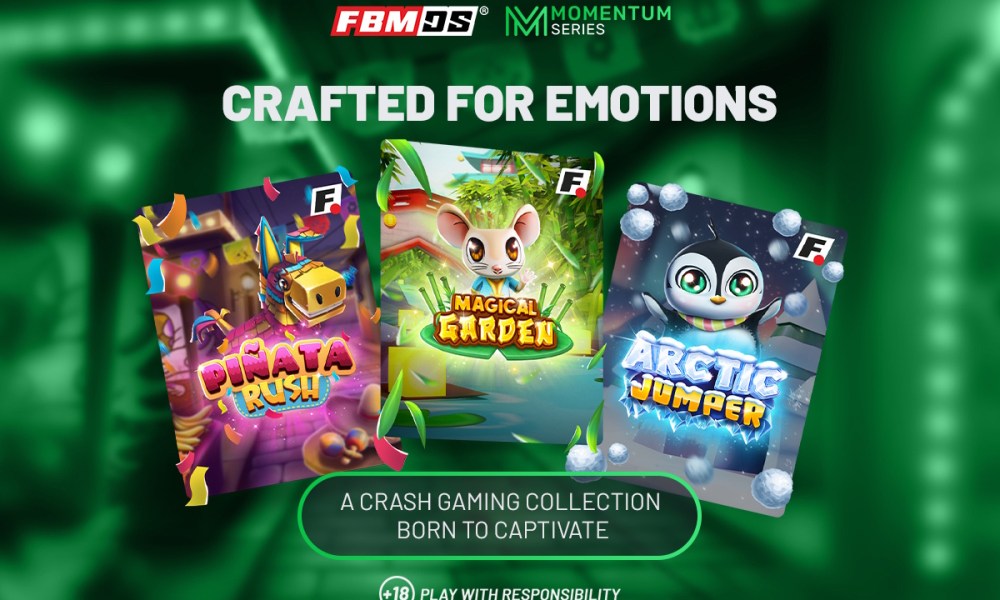

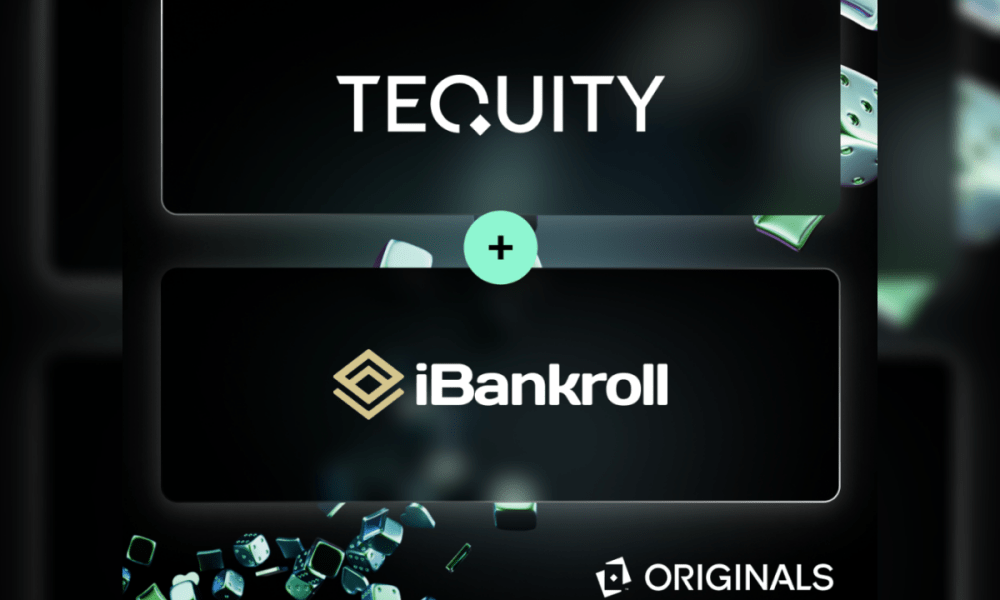
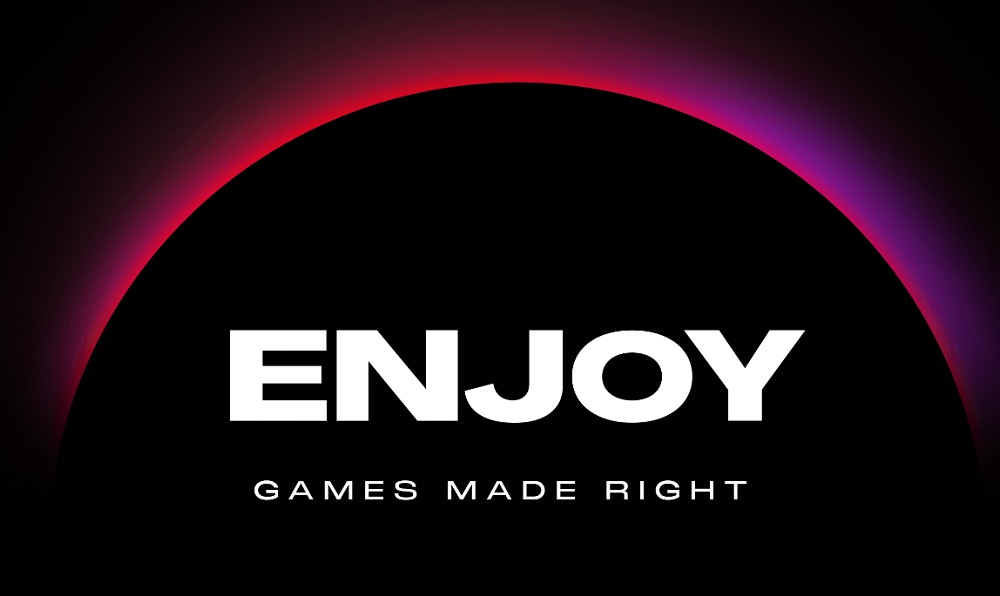
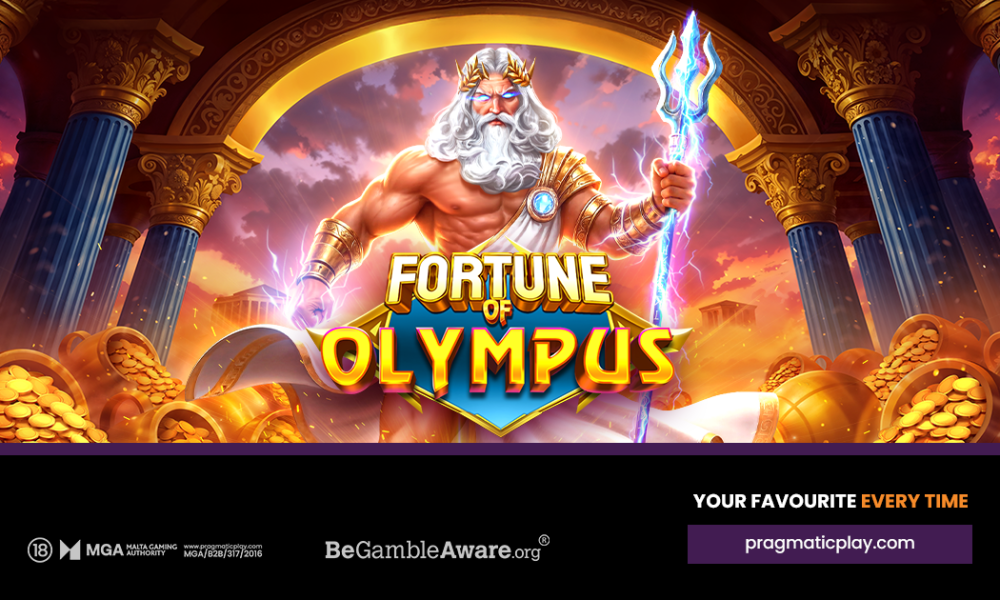
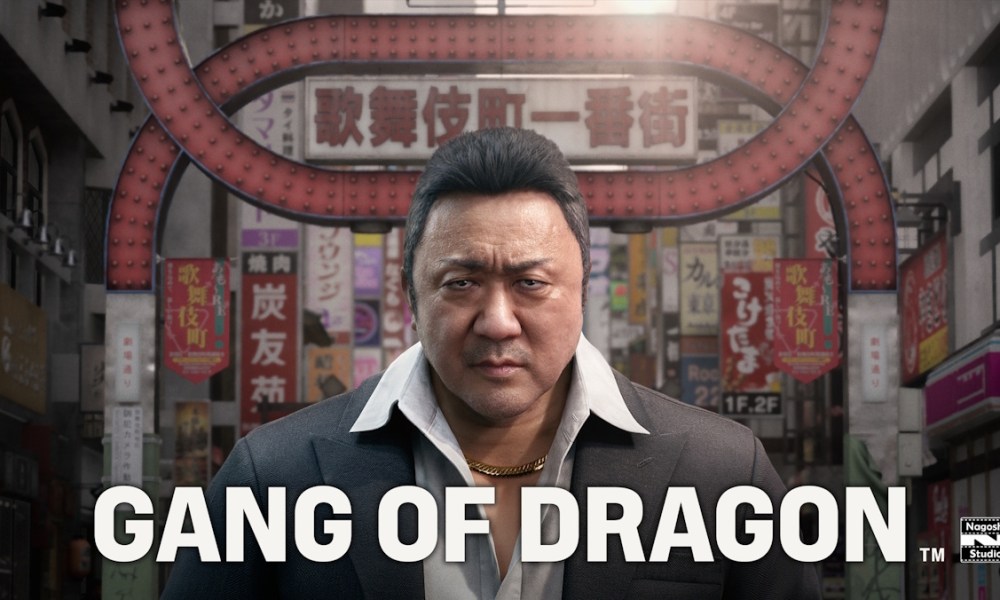
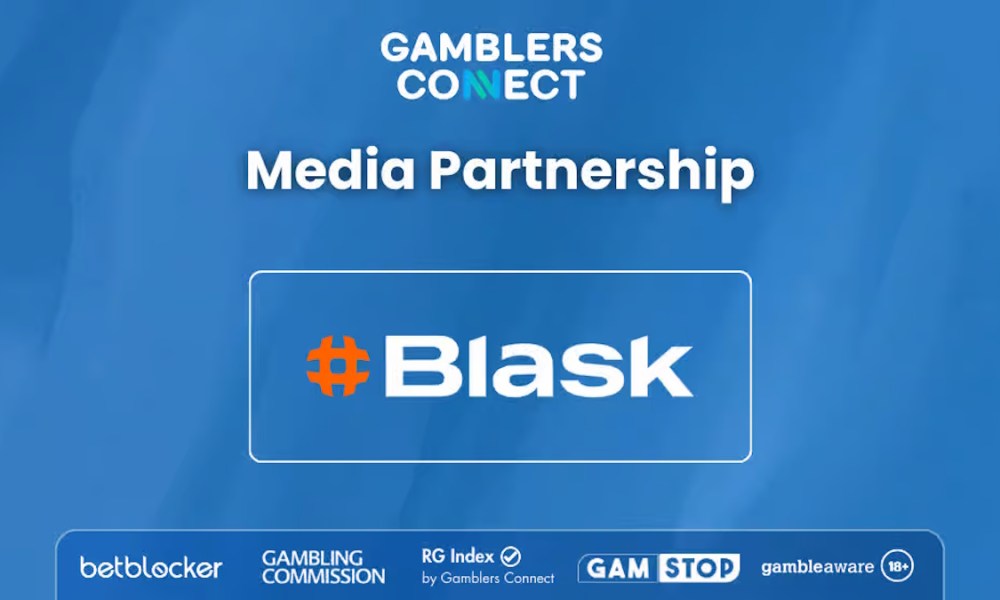

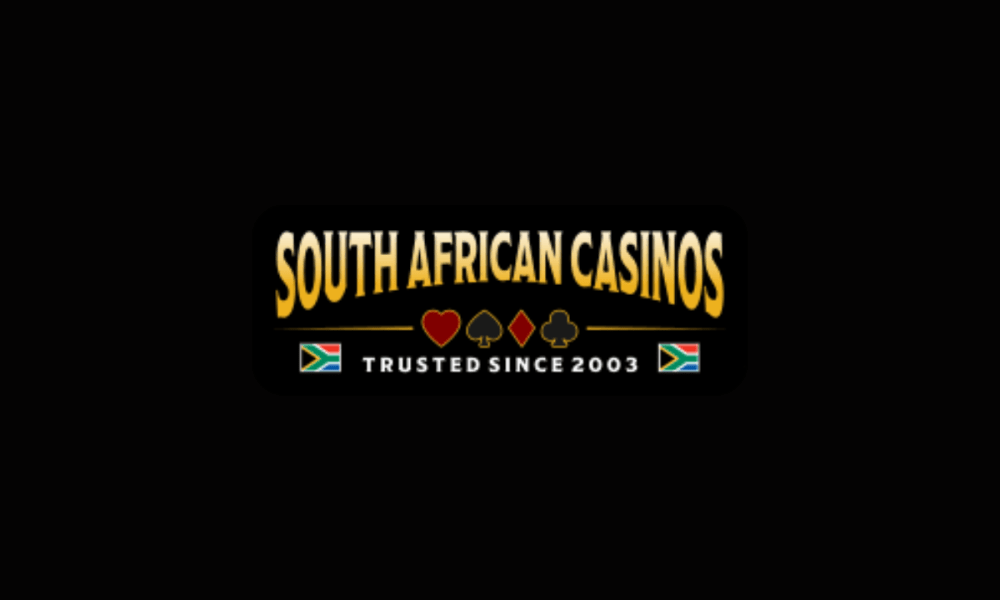
You must be logged in to post a comment Login